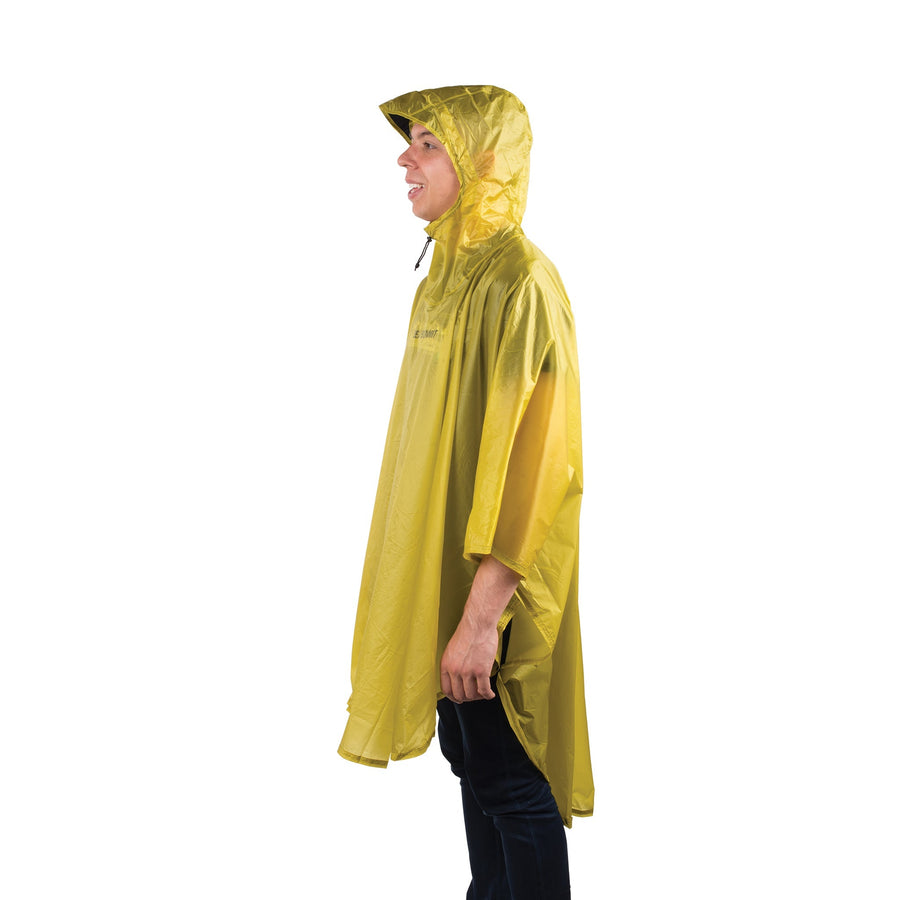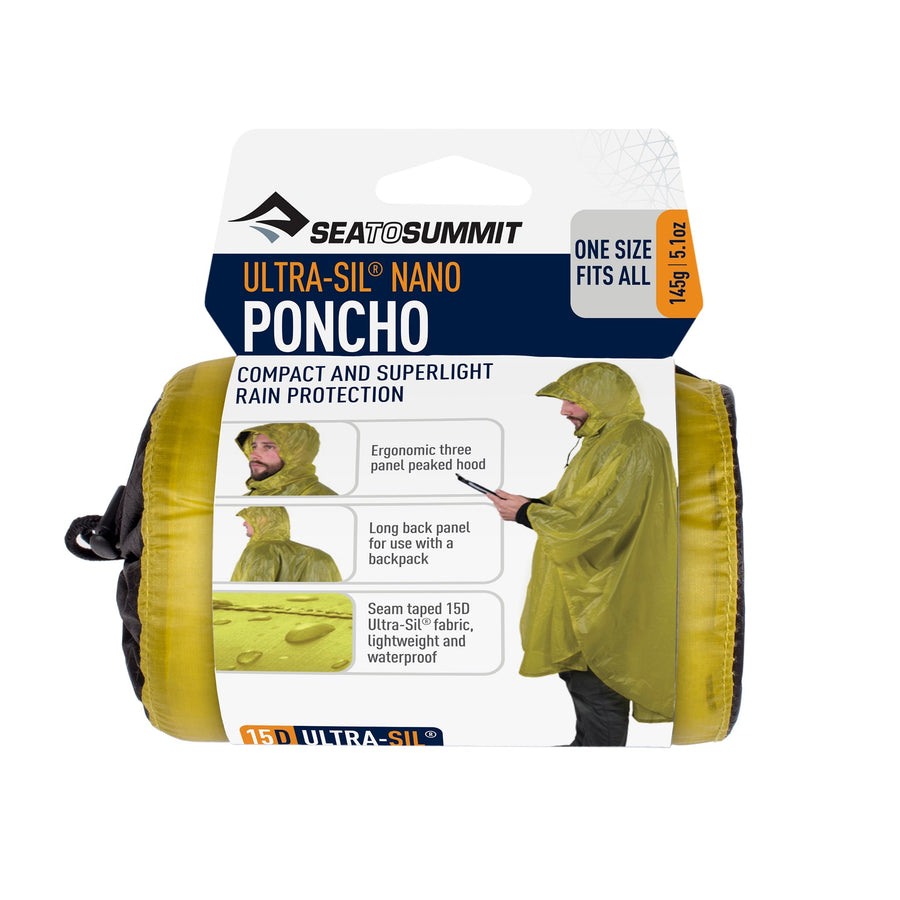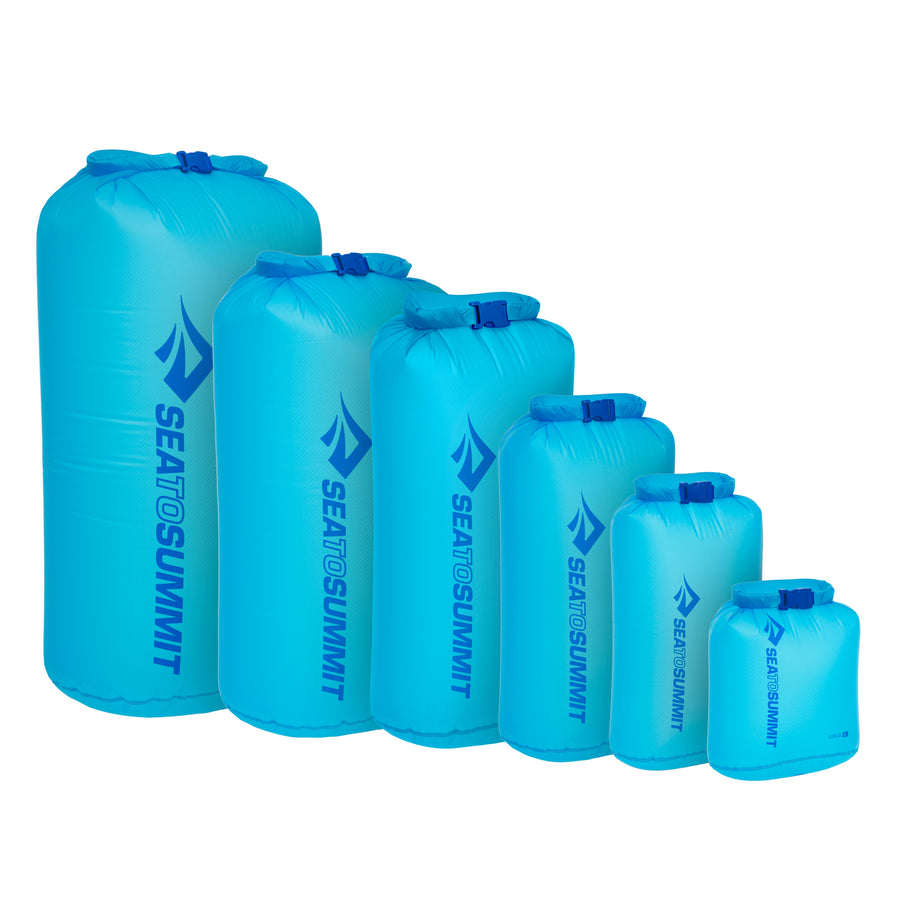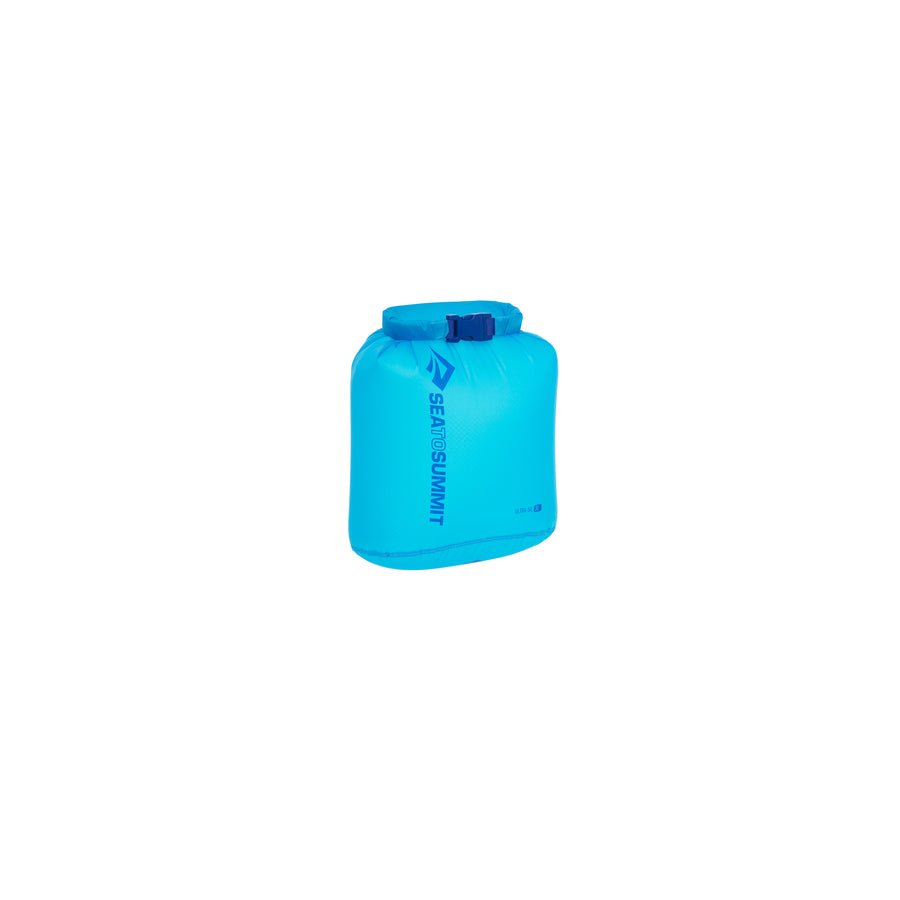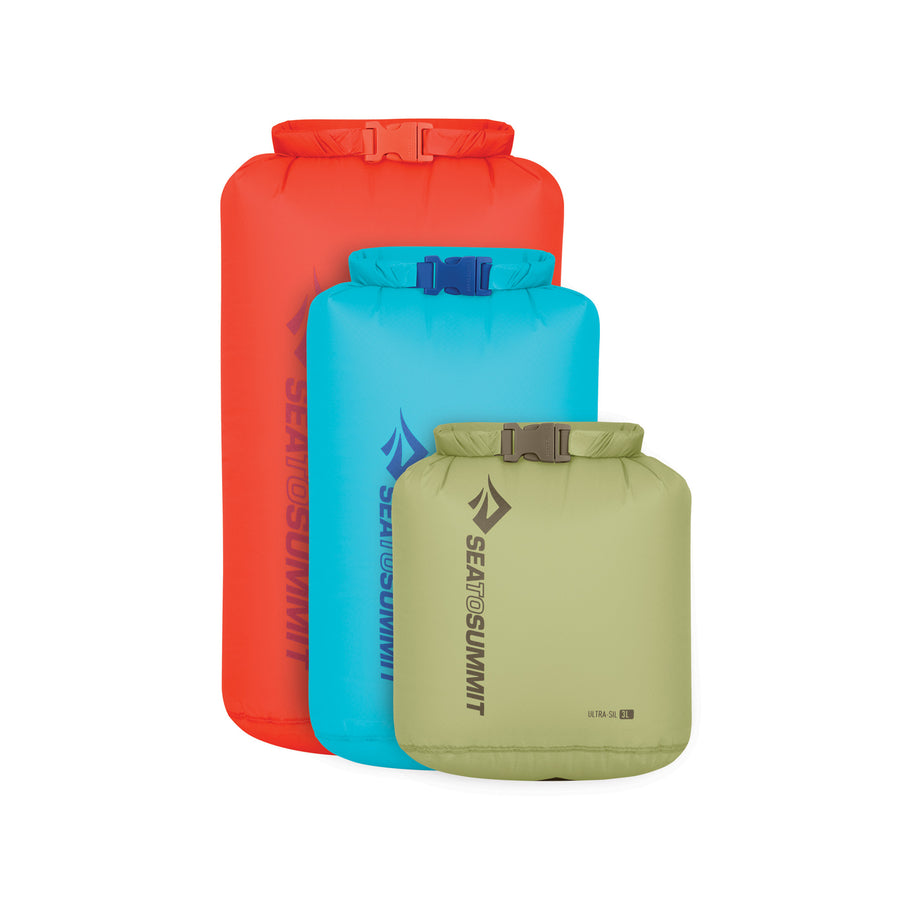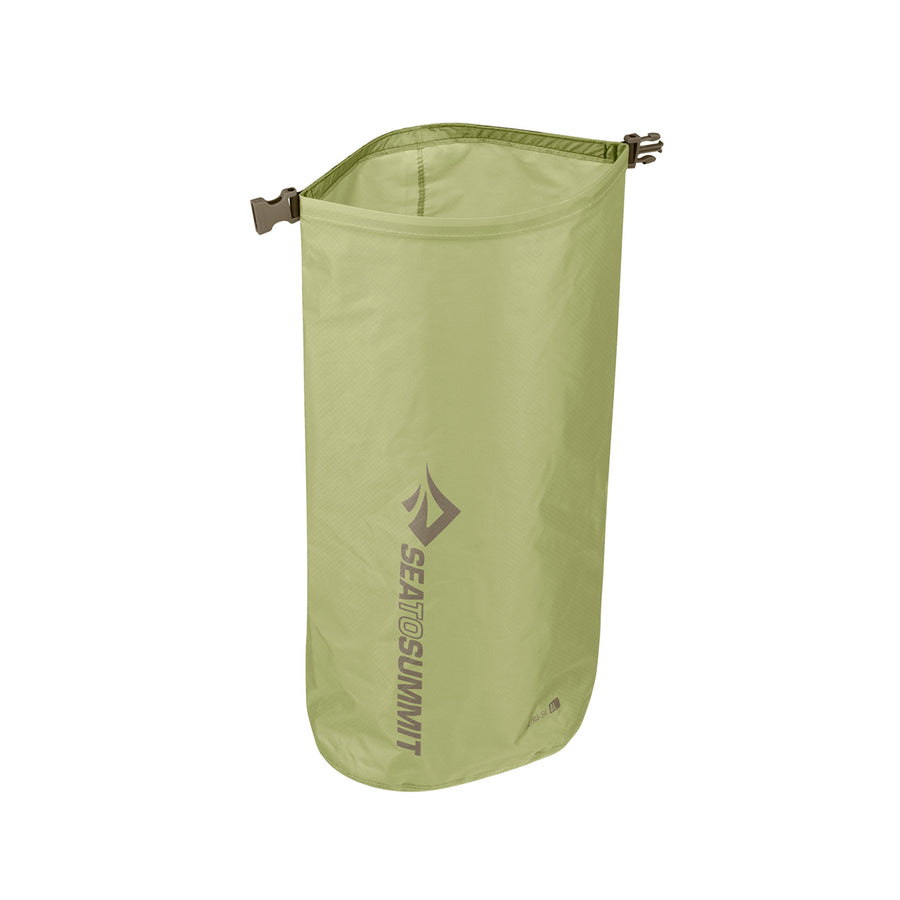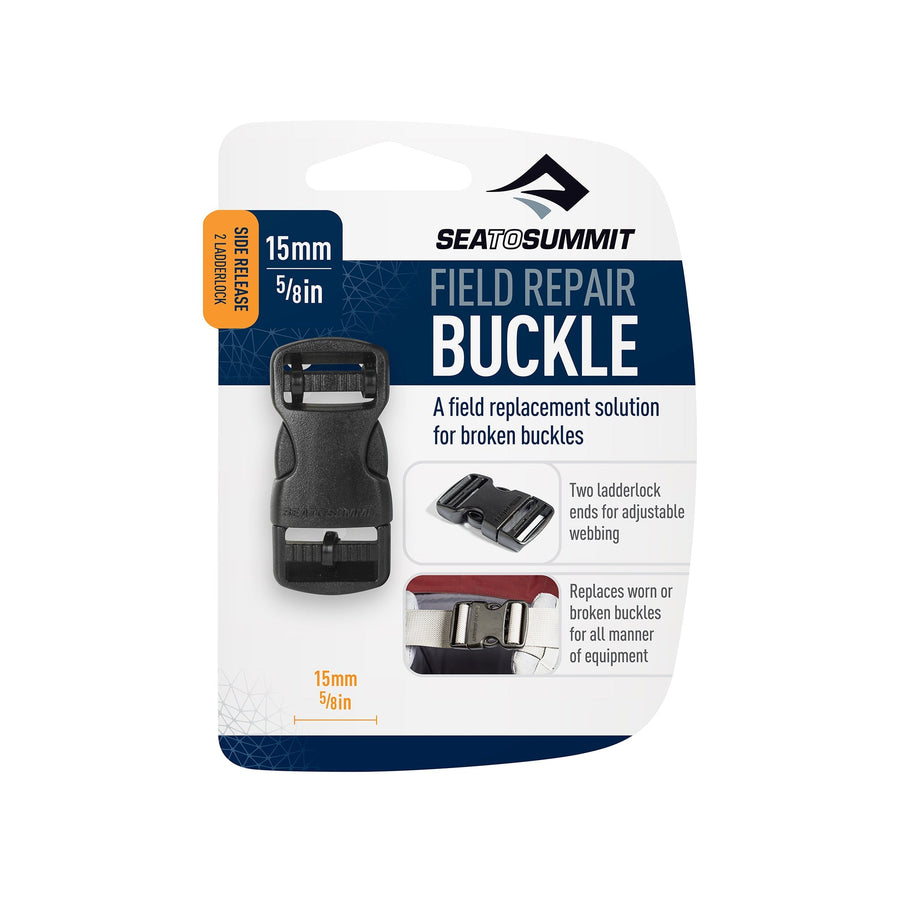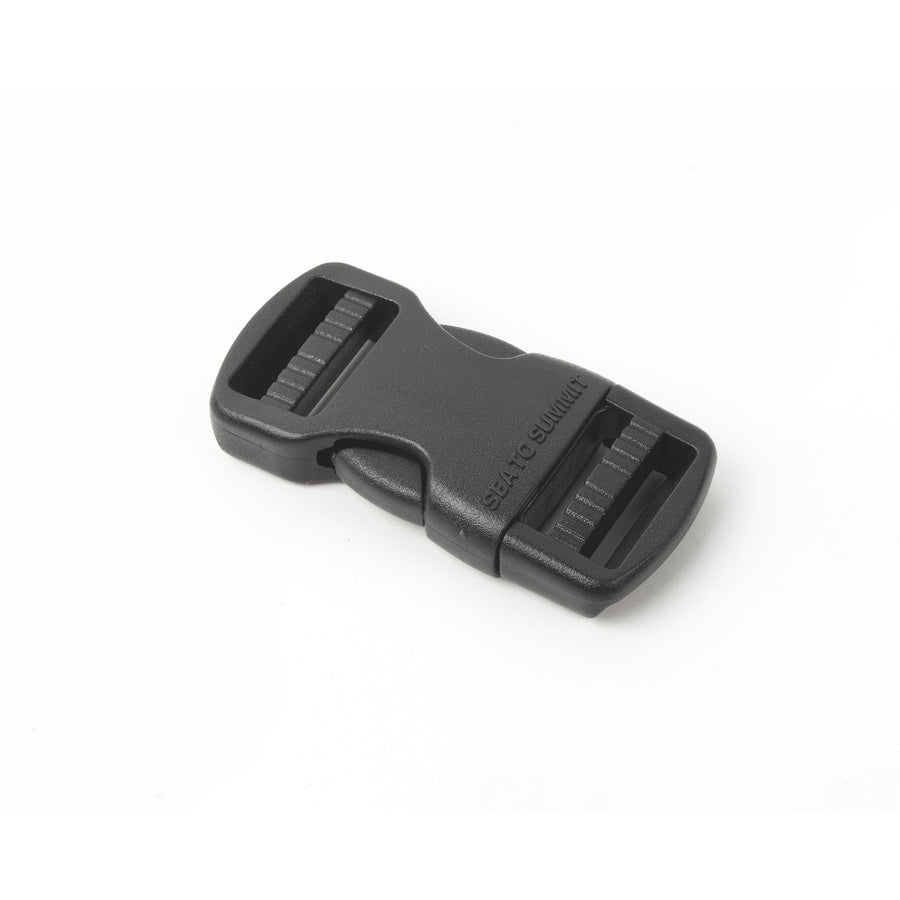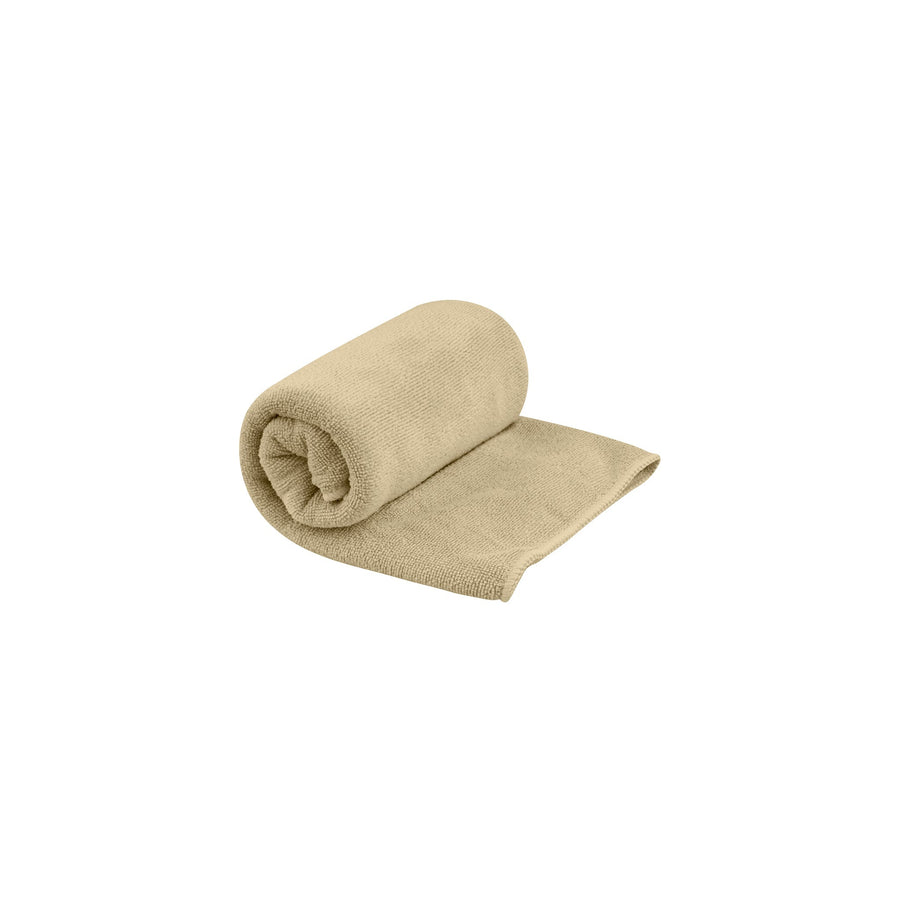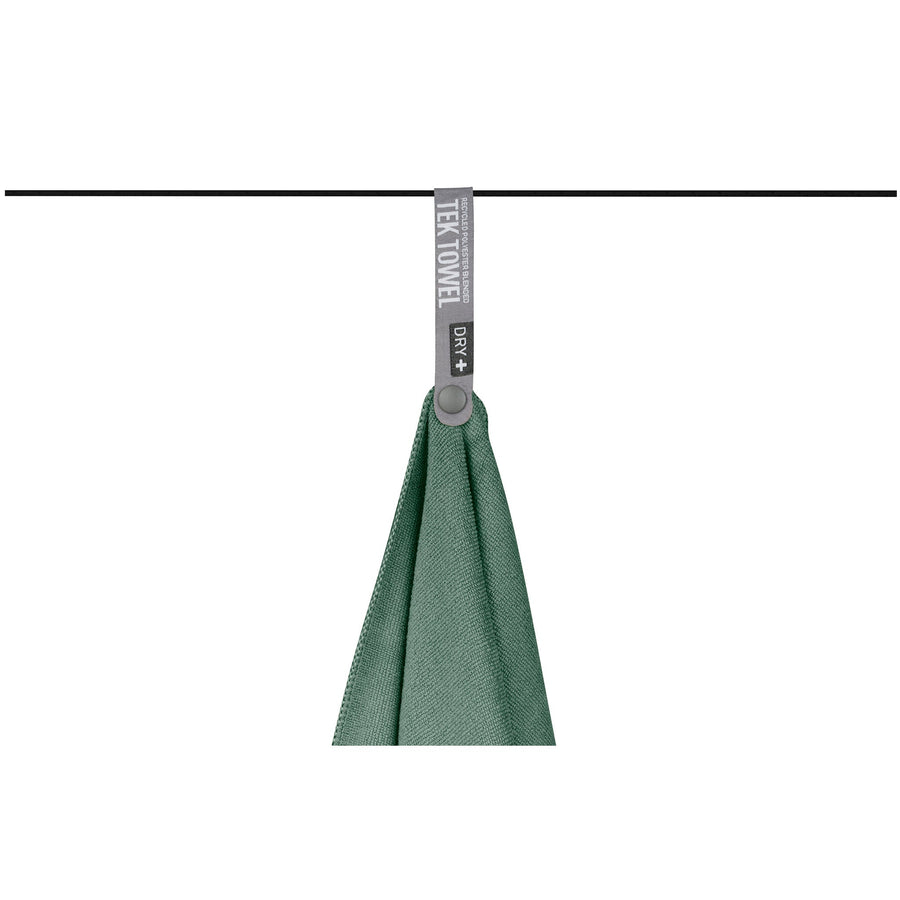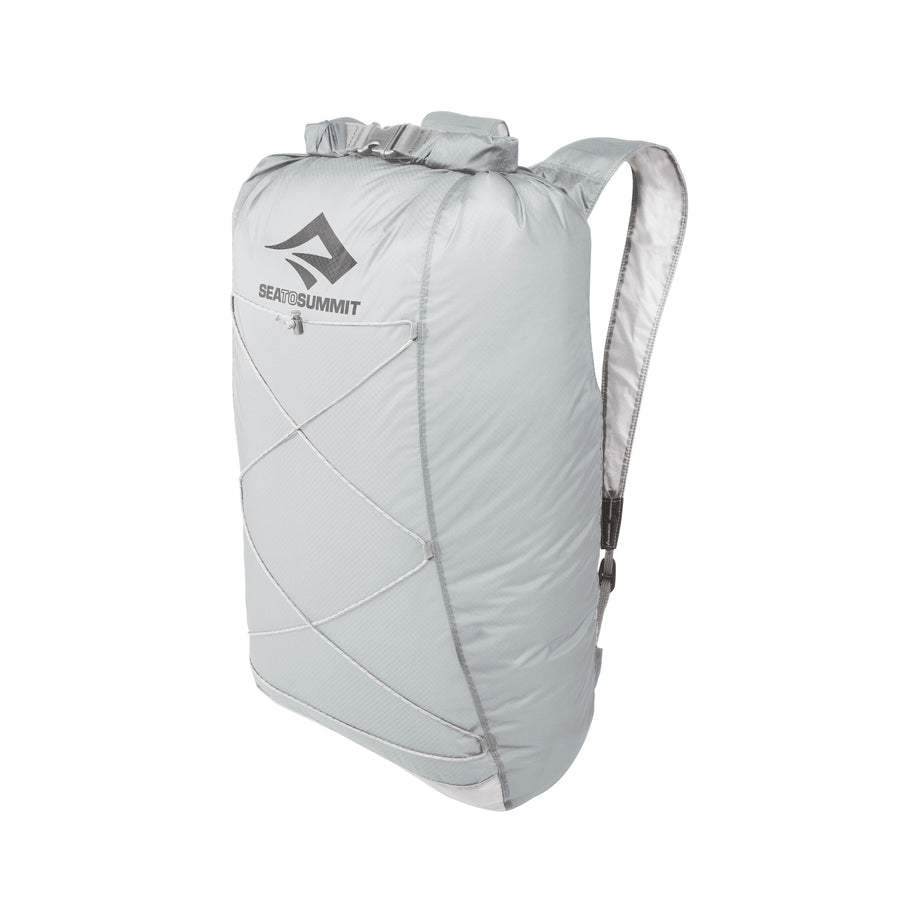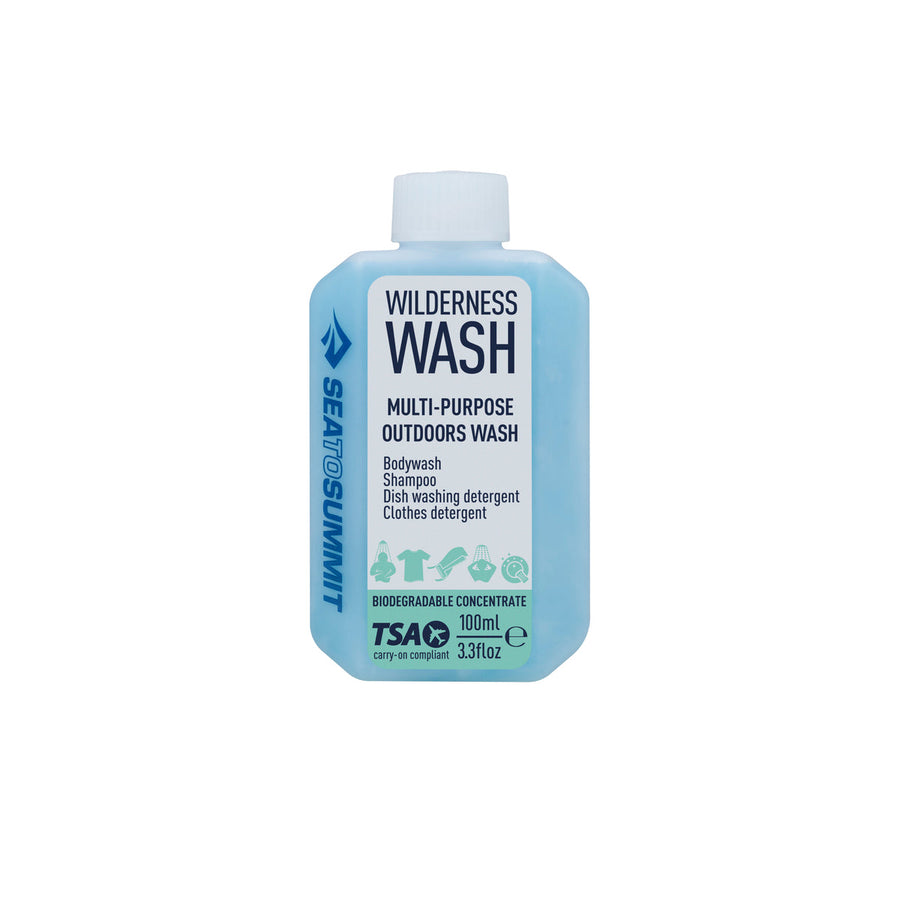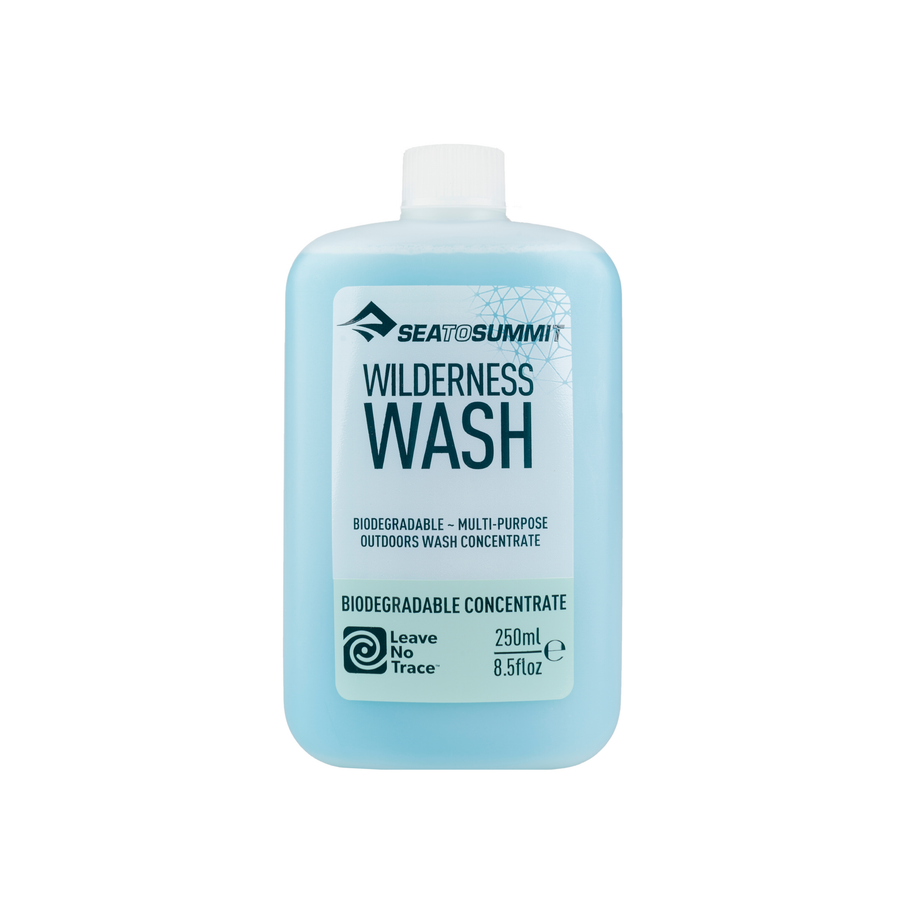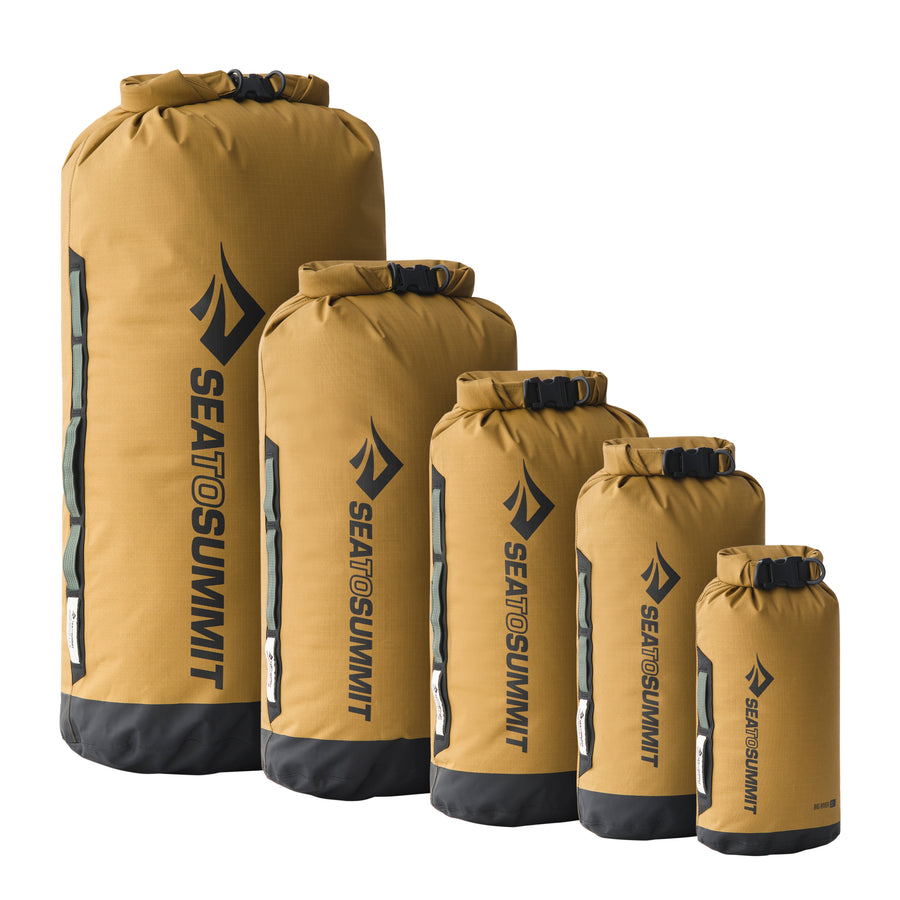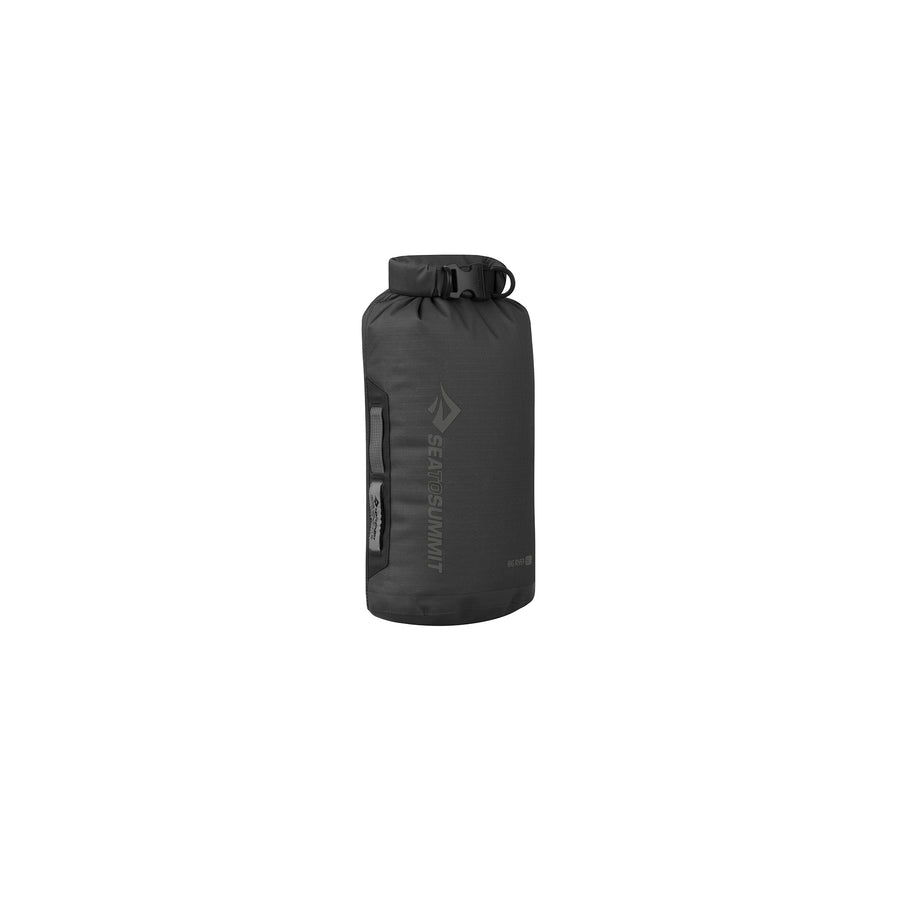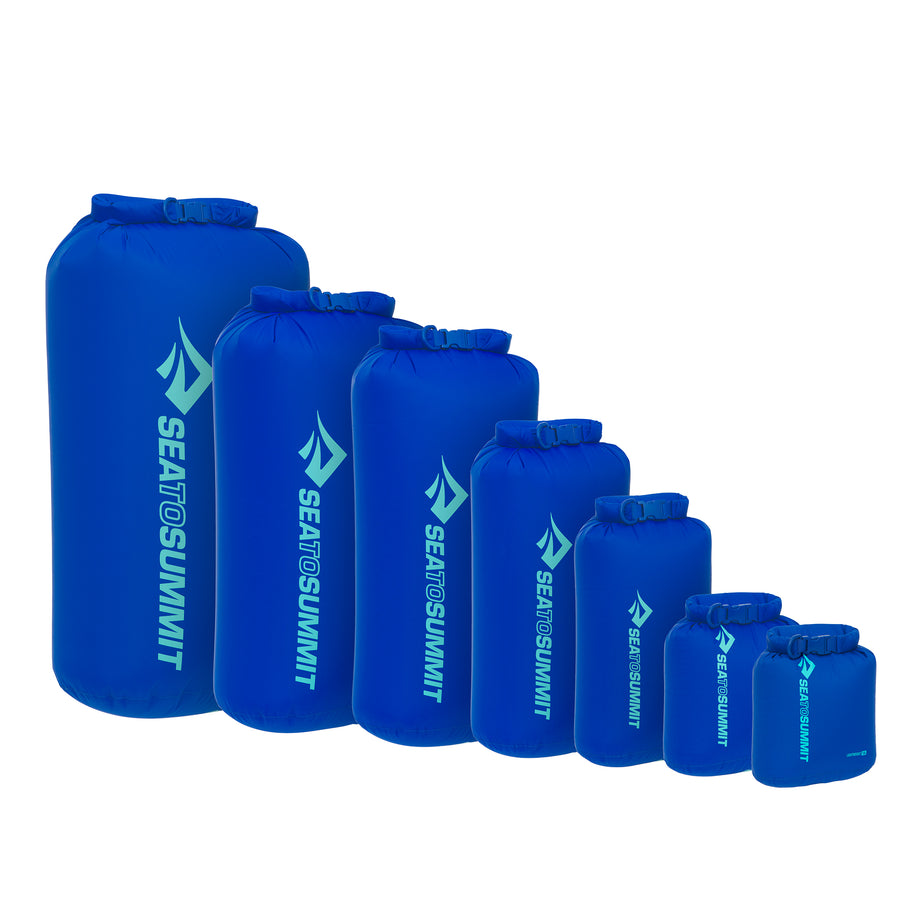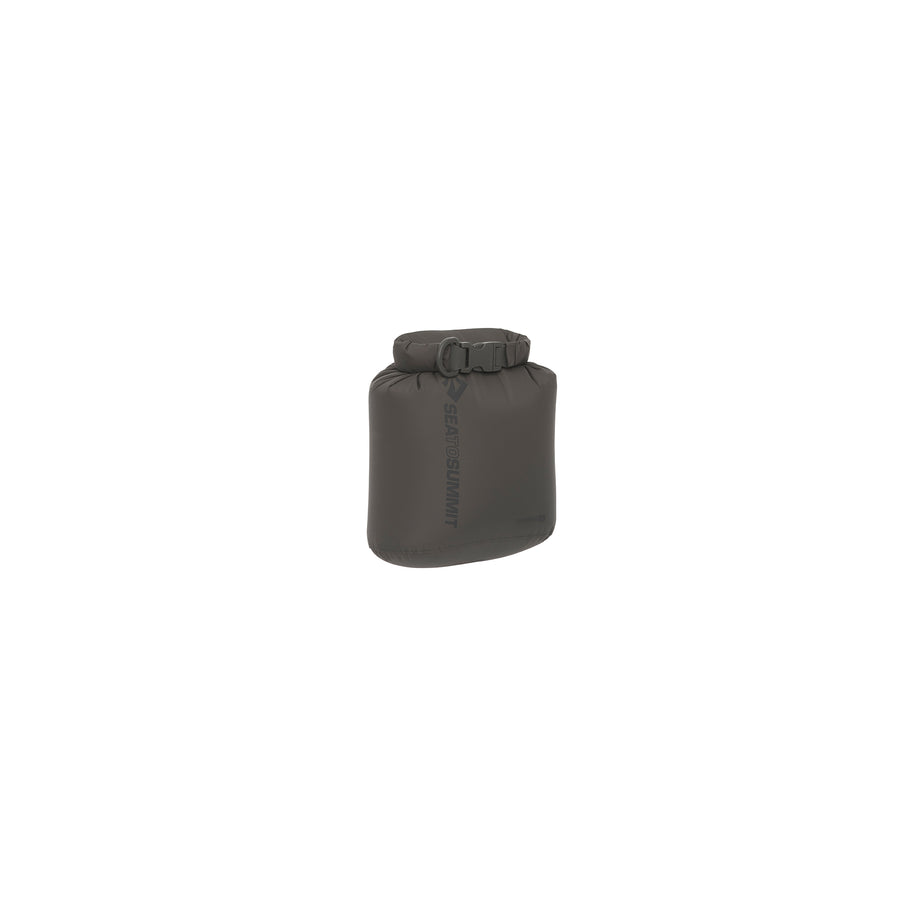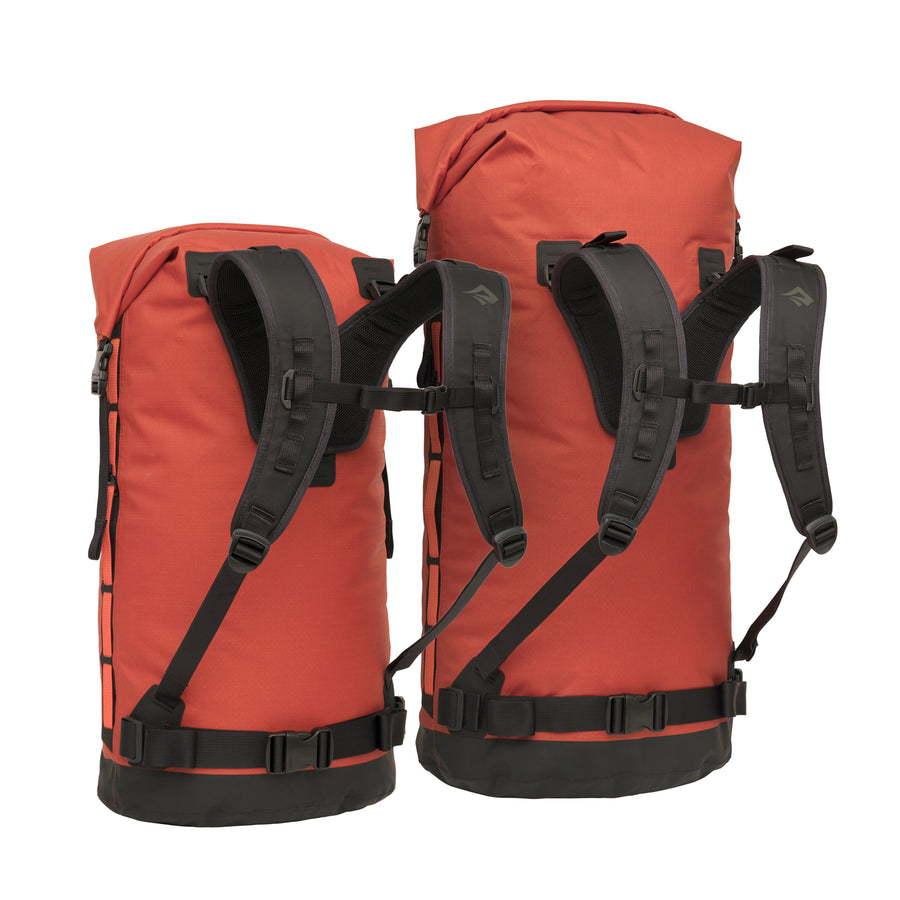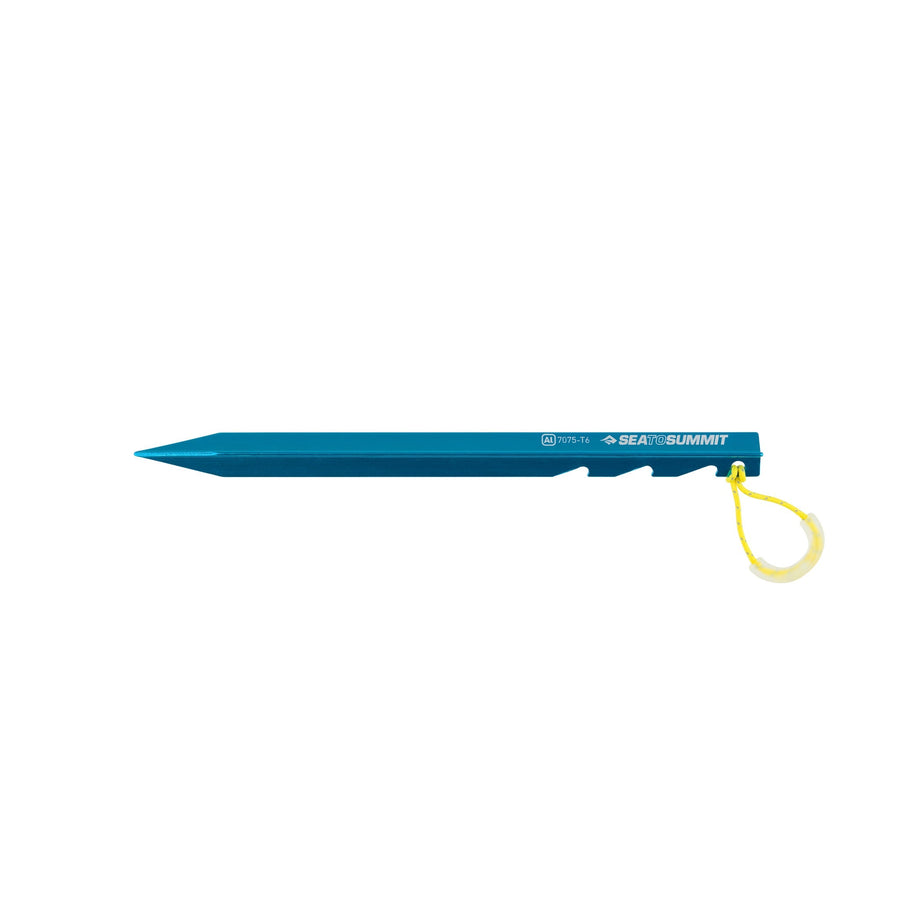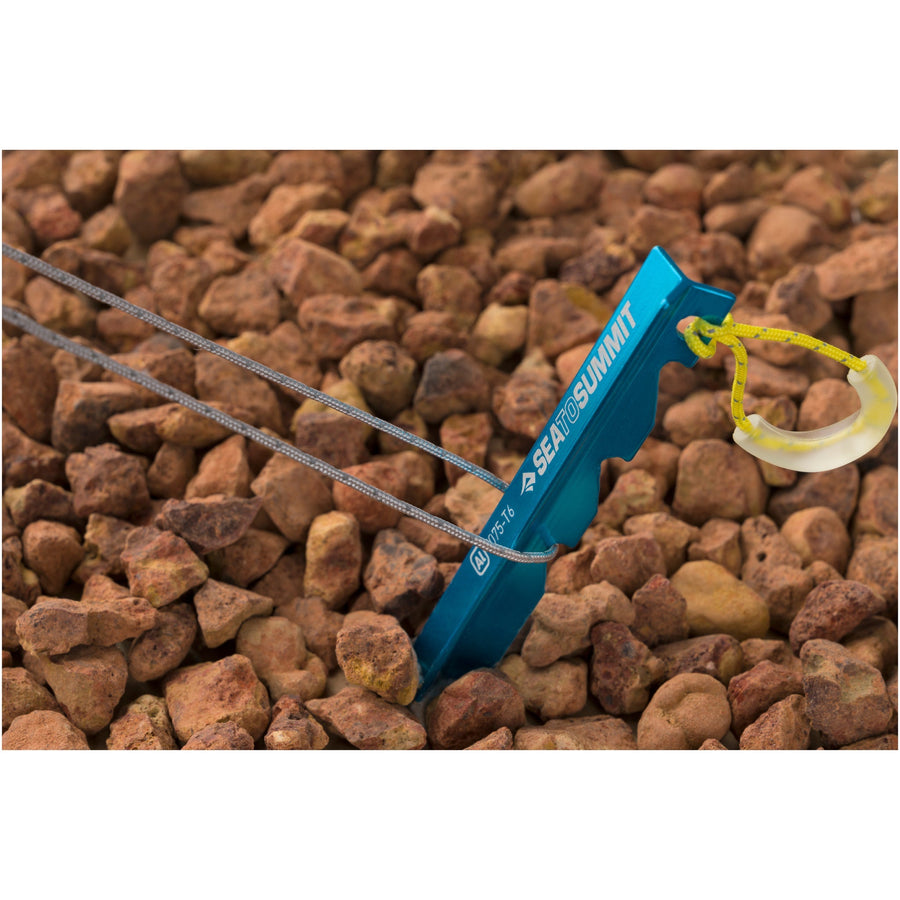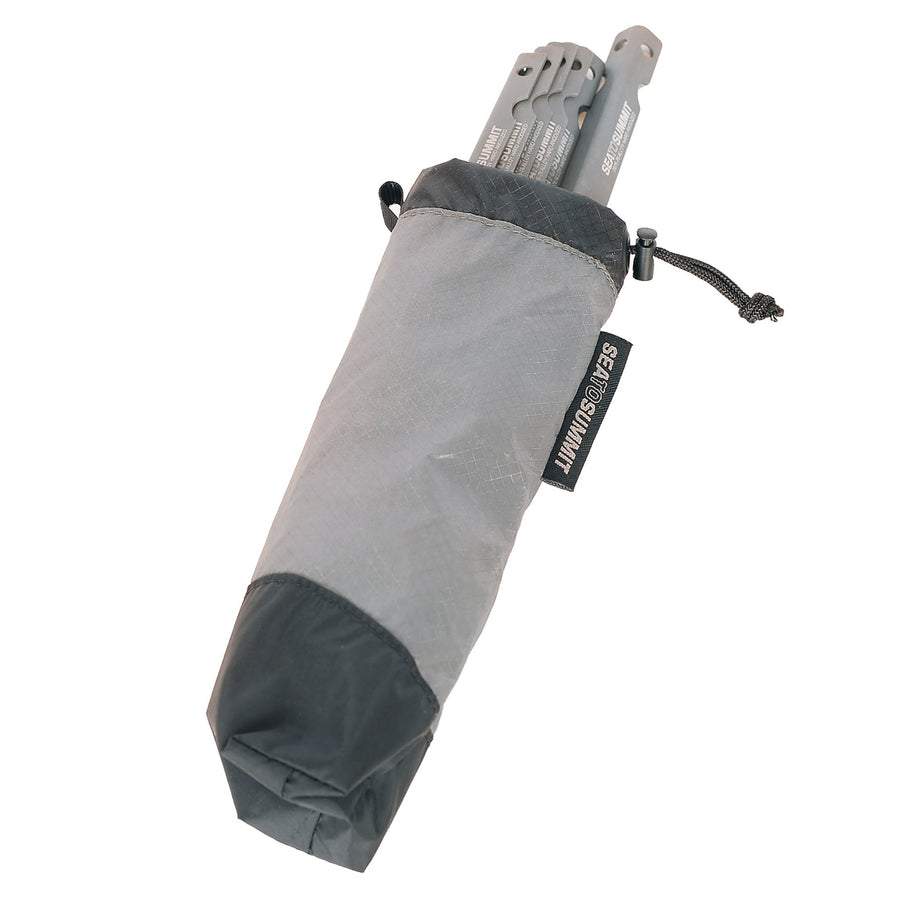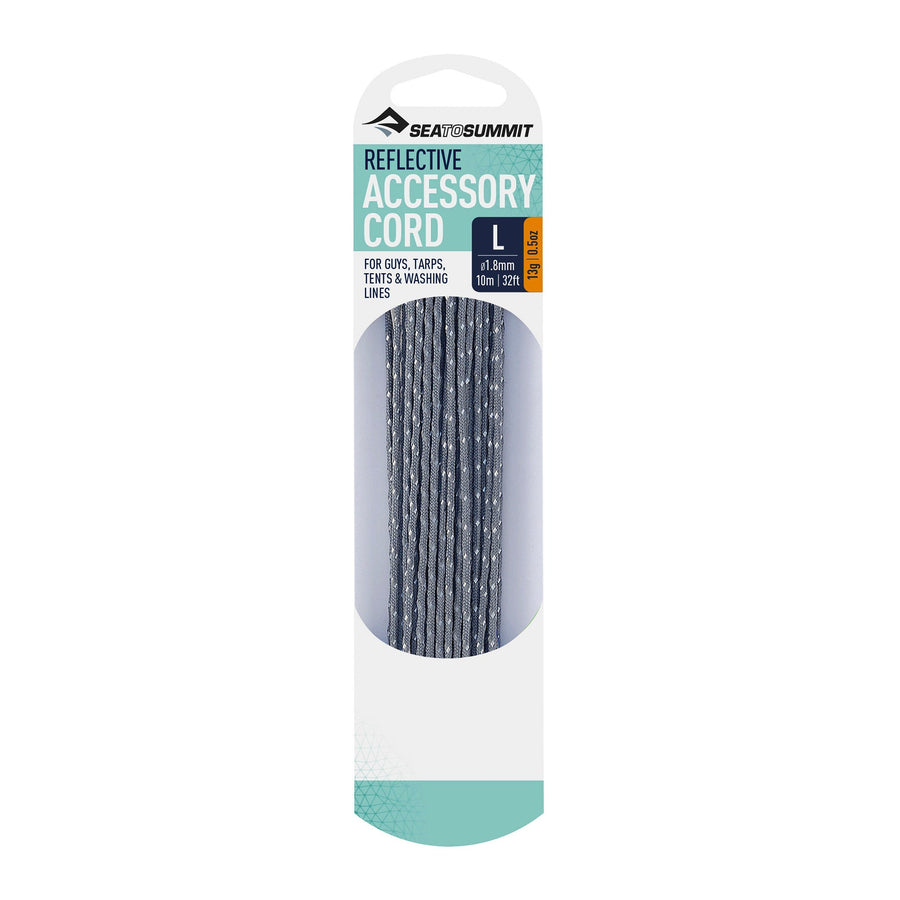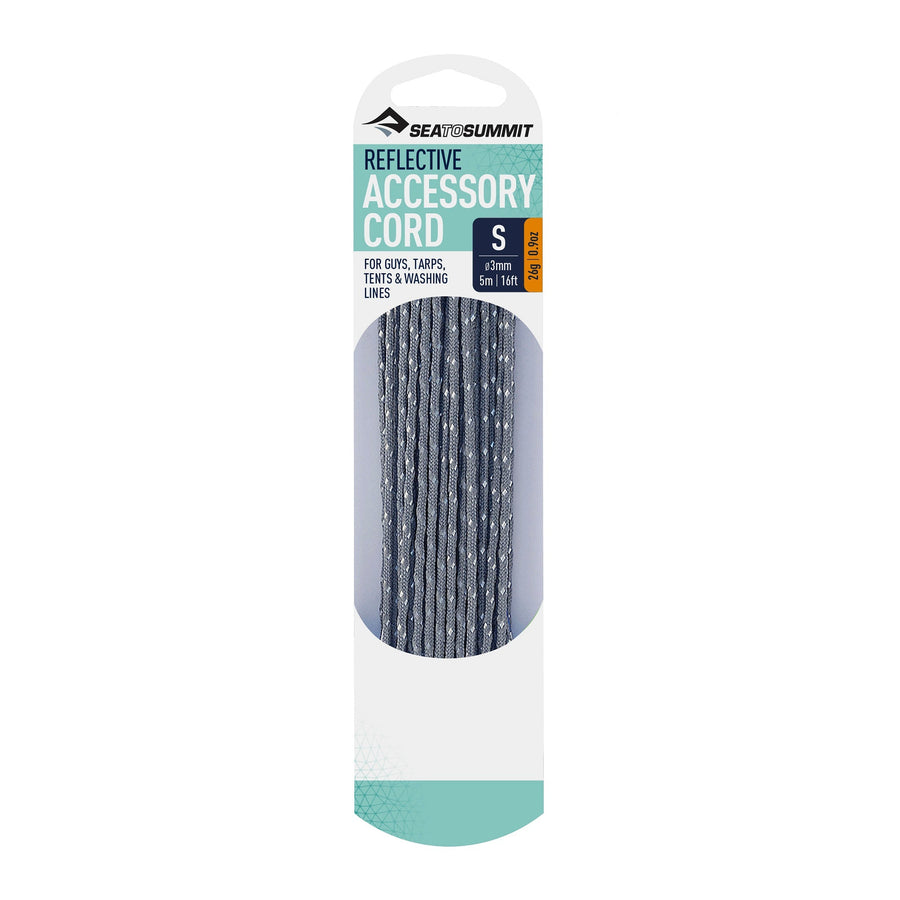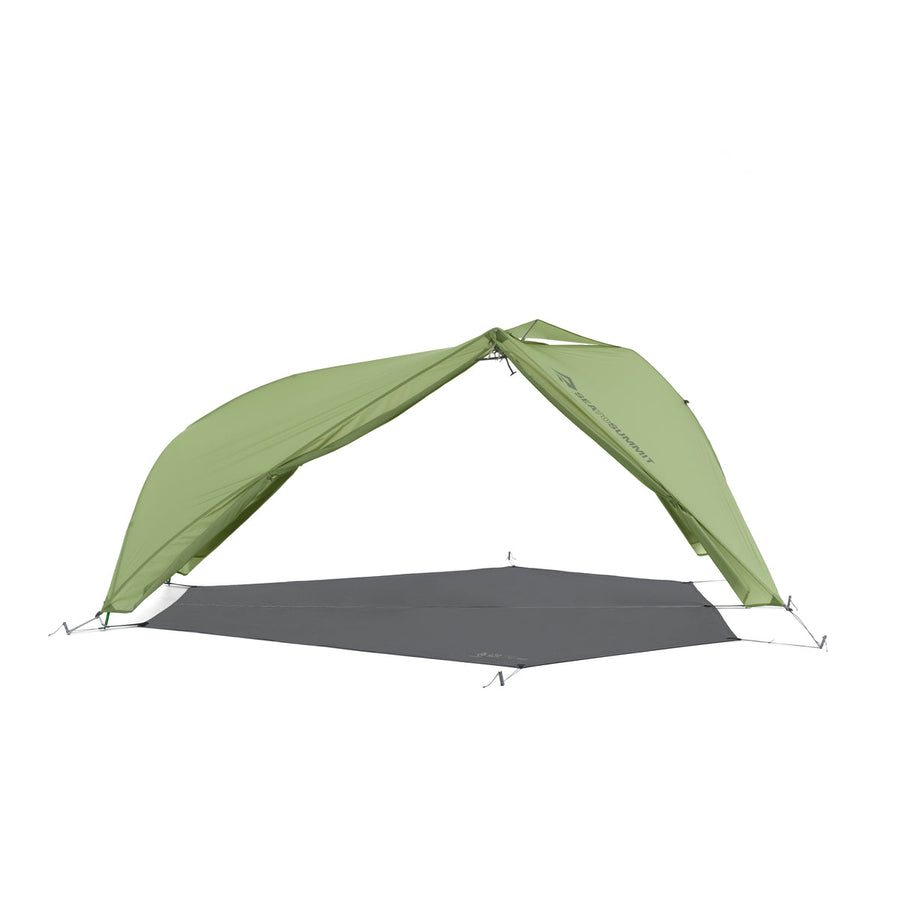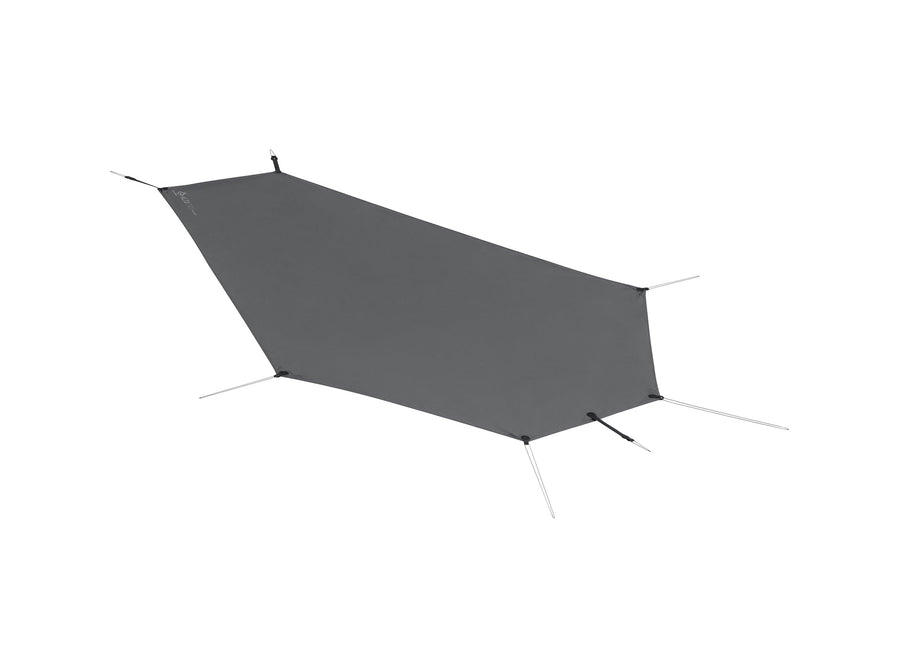How to Choose a Sleeping Mat

Whether you’re a hiker, car camper or ultralight mountaineer, there are three key criteria for choosing a sleeping mat.
Sleeping mats are one of the most important pieces of gear in your camping arsenal. Even the most lightweight backpackers have learnt the cold, hard way that saving a few grams isn’t worth missing out on sleep.
Restless nights sap all the fun out of exploring the outdoors. On more technical expeditions, a lack of sleep can be life-threatening.
A good sleeping mat, or pad, depending on where you’re from, is what’s going to protect you from the lumps and bumps of the trail and insulate you from ground temperatures, which can be a whole lot colder than the air. It’s the foundation of any good sleep system.
There’s a lot to delve into when choosing the best sleeping mat for you—from construction and shape to materials and noise. But to help you get your best sleep outdoors, we’re going to focus on the three most important factors: Comfort, Warmth and Weight + Size.

1. COMFORT
Comfort is the one thing you can’t measure and yet it’s going to make all the difference when you’re trying to get some shut eye on the trail. A mat can be lightweight, pocket-sized and ward off bears, but if you find it uncomfortable, you won’t be getting a good night of rest and recovery.
Sleep can be hard to come by in unfamiliar and unforgiving conditions, so consider what you need to get comfortable enough to doze off. For some, comfortable is a relatively firm sleeping surface. For others, it’s a mat they can sink down into a little more.
Our take on comfort is that regardless of your specific sleep preferences, a mattress should be supportive. Be wary of sleeping pads that are described as ‘cushy’ – like 1970’s water beds, they may turn out to offer less support than you need.
Regardless of whether you choose an air mat or a self-inflating mat, you’ll find support engineered into all of our sleeping mats. You’ll also find a lot of different options to suit your personal preference.
AIR SPRUNG CELL SLEEPING MATS
Much like a pocket sprung mattress, our award-winning Air Sprung Cell mats have been designed to offer more support than almost any other air mat on the market.

In terms of construction, air-filled sleeping pads which consist of a small number of large-volume tubes are inherently unstable. You wobble when you move in your sleep, and you move a lot of air within the pad which dissipates your warmth. It’s like 1970 all over again (admittedly without the bad haircut).
Baffles make a pad more stable; the more of them the better.
But – Sea to Summit’s air mats are even more stable than baffled designs. They are constructed using a dot-weld pattern to create a high surface-area matrix of interconnected chambers. Each of these cells mold to your body to equally balance the pressure of your body weight. You won’t wobble when you roll over in the night, and the hundreds of points of suspension guarantee a comfortable sleep regardless of which position you sleep in.
EASY INFLATION
If you’ve spent the day clocking up miles on the trail, the last thing you want to do is waste your breath blowing up a mat. Beyond the head spins, it’s also a surefire way to introduce bacteria and moisture into your mat. The type of airproof barrier we use in our mats is largely impervious to the effects of internal moisture, and we have added an antimicrobial treatment to our mats as a second line of defense - but it’s still best practice to reduce the amount of moisture you introduce into your mat.
All our Air Sprung Cell mats have an Airstream Pumpsack integrated into the base of the stuff sack. Harnessing the Bernoulli effect, this handy pump can inflate your mat in a couple of breaths—with minimal effort and condensation.
SELF INFLATING SLEEPING MATS
A self-inflating sleeping pad uses a combination or air pressure and foam to create a comfortable and supportive sleeping surface. Because it essentially consists of a block of foam, a self-inflating pad does not suffer from the instability of some air-filled sleeping pads (see above).
Self-inflating mats have always been the choice for people who are more focused on comfort and less concerned with weight.
However - thanks to our Delta Core process—which removes 40% of the mat’s foam core — this weight and packed-size differential is now smaller than ever.
And, while comfort comes from within, the Comfort Plus and Comfort Deluxe SI Mats have a soft knitted face fabric that’s more reminiscent of your home mattress. In fact, our Comfort Deluxe S.I. can give your bedroom mattress a run for its money.
AS YOU LIKE IT
Our multi-function valve – a key element of both our Air Sprung Cell and Self-Inflating mats - can adjust the pressure of your mat until it’s just right. Simply press the orange button until the job is done.

The version of the valve used on the Self-Inflating mats also flips over to become a one-way deflate valve – which prevents the mat re-inflating while you roll it up. Just the kind of applied engineering you have come to expect from Sea to Summit.
2. WARMTH
Even with the best sleeping bag and liner, the cold ground can quickly sap your body heat if your mat doesn’t insulate well enough. The result can be a miserable, interrupted night’s sleep.
To determine how much your sleeping mat can prevent heat loss into the ground, we look to the R-value (resistance value). The R-value is a metric used to indicate how insulative your mat is.
A sleeping pad isn’t actually ‘warm’ – its function is to insulate you from the ground (a high R-Value pad will insulate you from warmer ground in the summer) ‘Cushy’ sleeping pads dissipate your warmth as you move air inside them (remember – the R-Value test is static). Stable mats are better insulators.
All Sea to Summit mats are independently tested to the new industry standard ASTM F3340-18. This standardized testing protocol produces consistent R-values across brands, making it much easier for you to compare sleeping mats before buying.
MAT TESTING + QUALITY CONTROL
Sea to Summit Mats undergo the following quality control before being released:
+ ASTM F3340-18 standard at an independent laboratory
+ Overinflate testing to ensure structural integrity – all mats are tested for 24 hours at twice normal operating pressure before they leave the factory.
+ Destruction testing (this is a fun one)
+ Batch number assignation—for quality control purposes
Unlike sleeping bags, it’s hard to assign temperature ranges to sleeping mats. That’s because the ‘warmth’ of a sleeping mat is affected by so many factors—air temperature, wind chill, ground temperature, frost, moisture levels, gender (women sleep a few degrees colder than men), sleeping bag and sleeping liner.
That being said, we’ve developed the below R-value guide to help you choose a mat with an R-value that will be suitable for the conditions you’ll be sleeping in, and your predisposition to cold. Where any of the above factors might make you sleep colder, choose a higher R-value.

3. WEIGHT + SIZE
Your mat needs to be light and compact enough to be transported where you need to go. Weight and packed volume are not a huge concern for vehicle-based camping but they matter a lot when you’re on an ultralight adventure or up at altitude. If you’re backpacking or bikepacking, weight assumes a much greater importance in choosing a sleeping mat.

When inflated, the footprint of your mat also matters. If your elbows hang over the edge of the mat and touch the ground, this will create cold spots in your sleeping bag that drain you of your body heat. And once your temperature drops low enough, it’s difficult to get it back up. Insulation only retains heat, it doesn’t generate it.
Choose a mat based on the environments you will use it in and your sleep preferences – rather than just its overall weight.
For this reason, our Air Sprung Cell mats are wider than most out there, 21.5 inches in width versus the far more common 20 inches. We’ve also included different shapes and sizes throughout both Self Inflating and Air Sprung Cell ranges to accommodate different sleepers. Our women’s specific mats, for example, are narrower in the shoulder and wider from the hip-to-knee, to accommodate a typical woman’s tendency to sleep on their side in a ‘figure four’ position.
Perhaps a tapered ‘mummy’ shape will do the job on your minimalist trip, or maybe a wider rectangular mat is more your speed. Choose a mat based on the environments you will use it in and your sleep preferences – rather than just its overall weight.
Good engineering can reduce the weight of a sleeping mat without reducing its comfort. Take the Ether Light XT: you will note that it is 4” / 10cm thick. The secret to its comfort is its Air Sprung Cell construction, which makes it much more stable than other sleeping pads with similar dimensions.
Another great example is the Delta Coring in our Self Inflating mats. In the unisex mats, this Sea to Summit innovation leads to lighter mats which pack down smaller than similarly-rated pads. In the women’s mats, the sizes of the cores varies to provide additional comfort and insulation in the foot and torso areas – ideal for women sleepers.
DELTA CORING
Until recently, self-inflating mats have primarily been the choice of car campers. That was until Sea to Summit pioneered Delta Coring. This construction has greatly reduced the weight and bulk of SI mats, making some models (like the Comfort Light SI) a great choice for backpackers and overlanders alike.
Delta Core and Delta Core-V remove 40-20% (respectively) of the PU foam in our SI mats to minimize weight and packed size while retaining support and insulation in core body zones. Body mapping determines which process is suitable for each mat and different end-users.
The following cutaway shows the variation in the size of the Delta Cores in the Women’s Comfort Light SI.


There’s a world of design detail to consider when it comes to sleeping mats – we haven’t touched on reliability, durability, the noisiness of certain insulation materials or ease of use.
However, if you keep your focus on the three key criteria mentioned in this article, you will narrow down the selection of sleeping pads available.
Of course, there’s a lot more to your sleep set-up than a mat, which is why we talk a lot about sleep systems here at Sea to Summit. How your sleeping bag, sleeping mat, liner and pillow work together is going to determine your overall warmth retention and comfort level.
To match you up with your perfect sleep system, it takes into consideration factors like physique, trip conditions and personal preferences to take the guesswork out of choosing your sleep set-up.
And if you would like a quick overview, check the table below:
FIND YOUR PERFECT SLEEPING MAT:
Activity |
Factors |
Seasons |
Recommended sleeping mat |
| Backpacking | Need to go as light as possible | Summer to early Fall |
Ultralight Air Ultralight SI Ether Light XT |
| Backpacking | Need to go as light as possible | Summer plus shoulder seasons |
Ultralight Insulated Air Women's Ultralight Insulated Ether Light XT Insulated Women's Ether Light XT Insulated |
| Backpacking | Prefer greater level of comfort | Summer plus shoulder seasons |
Comfort Light Insulated Air Women's Comfort Light Insulated Air Comfort Light SI Women's Comfort Light SI Ether Light XT Insulated Women's Ether Light XT Insulated
|
| Backpacking | Hip or back injury | Summer plus shoulder seasons | Comfort Plus Insulated Air |
| Bikepacking | Need to go as compact as possible | Summer to early Fall |
Ultralight Air Ultralight SI Ether Light XT |
| Cycle touring | Need to go as compact as possible | Summer to early Fall |
Ultralight Insulated Air Women's Ultralight Insulated Ether Light XT Insulated Women's Ether Light XT Insulated |
| Cycle touring | Prefer greater level of comfort | Summer to early Fall |
Comfort Light Insulated Air Comfort Light SI Ether Light XT Women's Comfort Light SI
|
| Ski / Snowshoe touring | Need maximum insulation | Winter | Comfort Plus Insulated Air (possibly with additional foam pad) |
| Sea Kayak touring | Need to go as compact as possible | Summer to early Fall |
Ultralight Insulated Air Women's Ultralight Insulated Ether Light XT Insulated Women's Ether Light XT Insulated |
| Recreational camping/Boy and Girl Scouts | Price is important, as are comfort and durability | Summer plus shoulder seasons | Camp Mat SI |
| Car Camping / ‘Base Camp’ use | Prefer maximum level of comfort | Summer plus shoulder seasons |
Comfort Plus XT Rectangular Comfort Plus SI Comfort Deluxe SI Women's Comfort Plus SI
|
